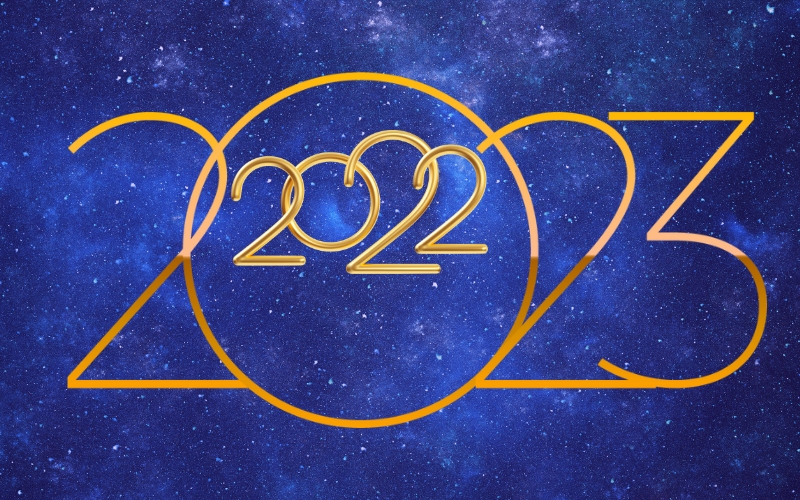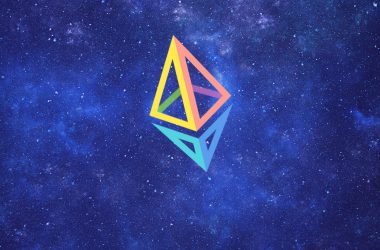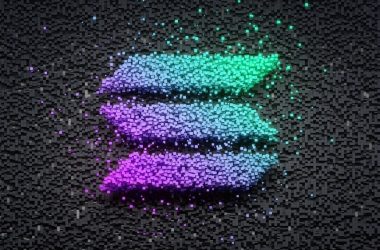- The past year saw many shocks and scams, but building continued for both large-scale and independent projects.
- The loss of value on crypto markets urged game developers to focus on fun first, earnings second.
- NFT are here to stay, with less speculation and focus on using them as an ownership tool.
All crypto related industries felt a series of shocks in 2022, at first by the initial stages of the bear market. Later, the crypto sector saw a series of secondary effects from the falling prices – bringing down former powerhouses like Luna, Celsius Network and 3AC. The fall of Luna affected a handful of games, such as Monsterra, which initially planned to use the Terra blockchain and the liquidity in the Luna ecosystem.
By mid-year, the problem of over-leveraged trading and DeFi hubs was becoming the biggest elephant in the room of crypto industries. Leverage has always played a role in the crypto market, and it is a natural tool for those that actually understand the risk exposure and potential returns.
But some of the leverage turned out to be non-transparent, with hidden effects from large-scale loans. In 2022, the whole play-to-earn gaming ecosystem was tied to the crypto sector, through GameFi products. The fallout from the bear market and the losses of Luna and 3AC had downstream effects from gaming as well.
Gaming Tokens Valuations Slide
The immediate effect for play-to-earn gaming was a loss of token valuations. Roughly 90% of value was erased over the course of 2022, leaving the total valuation of gaming tokens at around $3.14B at the lower range.
The loss of token valuations also led to outflows of players. Games that worked for a good earnings balance during the bull market turned worthless during the downturn. One of the glaring examples was Pegaxy, which was among top games while its PGX and VIS tokens were rallying. But the mix of bear market and constant selling from players brought down the game, leading the team to sunset the P2E products and start building a new game almost from scratch.
NFT Market Finds New Balance
While the crazy valuations of NFT items never repeated, the market itself showed it is here to stay. Usage of NFT shifted from speculative trading to in-game ownership. NFT airdrops continued, along with some successful mints.
In 2022, fewer games chose to launch with an NFT collection first, and instead added the items at a later date.
2022 was also the year of ongoing NFT scams. The rug pulls of 2021 did not happen as often, but thefts are still happening. The usual vector of attack are malicious smart contracts, where users connect their wallet to a suspicious link and have all their assets and NFT drained.
High-end collections are still influential, despite losing their peak valuations. Bored Ape Yacht Club and CryptoPunks are still traded and still bring perks for holding. Their art esthetic is also influencing multiple similar collections.
The other problem that put pressure on NFT were counterfeited collections, which sold slightly altered or outright stolen images with name similarities to legitimate collections. Binance NFT recently delisted a series of those collections, but more could be present on smaller marketplaces.
Over-Leverage Undermined Credibility
Play-to-earn and NFT games have always suffered some form of derision from mainstream gaming. This continued even when high-quality games chose a path to Web3.
The biggest blow on the credibility of digital assets came after the implosion of the FTX crypto exchange and Alameda Research. FTX, which arrived on stage and grew large in 2021, at first served as “the traders’ exchange”, offering the standard package of leveraged trading. At the time, Sam Bankman-Fried even gained a modicum of trust.
FTX was soon deep into NFT and game tokens, even going as far as to support mints and trading. This led to more exposure for the sector, but also a much harder fall.
When FTX failed and unraveled, this also had downstream effects for Solana, which also slid from highs of above $200 to lows of around $9. Solana added to the loss of trust by suffering several outages in the past year. This dampened the mood around this network’s growing share of NFT and games. Despite this, Solana NFT are among the ones listed on OpenSea and there are signs that game building has resumed.
Trends Emerging in 2023
One of the trends to emerge in 2023 is for AAA-grade games to drop completed products with additional Web3 features. The former idle P2E games, which were vulnerable to botting, are giving way to large-scale projects with high-quality graphics.
Games like Cyborne, MetaWarz, Star Heroes, Undead Blocks and others are offering high-rate 3D graphics. Medieval fantasy and classic RPG is also having a revival with recently launched Bless Global, Medieval Empires and Rise Online.
In 2023, the Wemix ecosystem is also set for growth, after the recent migration to Wemix 3.0, a new blockchain with its own pool of trading liquidity, NFT markets and a growing list of games.
Will the Crypto Market Help Games
The bear market accelerated the trend of moving from play-to-earn into play-and-earn with Web3 ownership. This had a positive effect on the selection of games, where only products that were fun-first survived.
At the start of 2023, the crypto market also showed signs of recovery. BTC rose above $18,000 and ETH never dipped under $1,000, while rising to $1,300. The improved market may start regaining the trust of users, helping with the adoption of tokens and NFT.
Despite this, games have grown more cautious, with most trying to keep their tokens within the game economy. There is a shift toward earning tokens and spending them back into the game, instead of grinding just to resell the tokens on the open market.
The other model that is proving successful for crypto games is simulated farming. Games like Sunflower Land showed a path toward organic growth. More and more games are bypassing the token sale as a way for adoption, instead starting to pay out the tokens only when the game starts. Platforms like Wemix also encourage in-game swaps and it takes multiple steps to be exposed to external market trading.
The trend of integrated wallets is also accelerating, as players prefer not to pay gas fees and do not mind keeping some of their assets off-chain.
Successful games in 2023 are also those that rarely require upfront purchases. The ideal project for 2023 has a fully launched mobile version and is preferably multi-platform, with an integrated wallet and optional ownership. Despite all, Web3, P2E and NFT collections and games proved to be resilient and are prepared to grow and offer more meaningful value, decoupled as much as possible from crypto market conditions.










